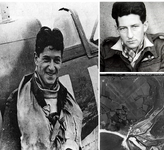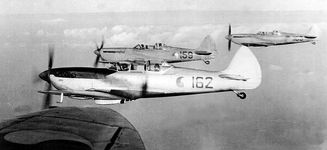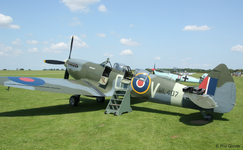- Messages
- 9,364
- Reactions
- 23,650
Follow along with the video below to see how to install our site as a web app on your home screen.
Note: This feature may not be available in some browsers.





I recommend The Forgotten Battle on Netflix. Mostly Canadian and some British forces fighting in and among the inlets and canals of Belgium immediately post Overlord. Was pretty good.We don't hear much about the Canadians, thanks for sharing.
One famous Canadian, Who was there, and did that, and that Americans of a certain age will know:
James Doohan
"Doohan served in the 14th Field Artillery Regiment of the 3rd Canadian Infantry Division. He also served as a pilot. He saw combat in Europe during World War II, including the D-Day invasion of Normandy, in which he was wounded,"
The wound took a finger - which he tended to "hide"

James Doohan - Wikipedia
en.wikipedia.org
Seems that your uncle and my uncle had more than a few things in common...My Uncle Geoffrey Hubert Lord, a sniper in the Queen's Royal Rifles of Canada, waded ashore on this date in 1944, loaded down with around eighty pounds of equipment and a bicycle. He fought his way into German and survived the carnage with barely a scratch. He died in 1974, on his home farm in Ontario, in a tractor accident.
View attachment 1215734
Juno Beach, the second beach from the east among the five landing areas of the Normandy Invasion of World War II. It was assaulted on June 6, 1944 (D-Day of the invasion), by units of the Canadian 3rd Infantry Division, who took heavy casualties in the first wave but by the end of the day succeeded in wresting control of the area from defending German troops.
The landing area code-named Juno Beach was approximately 10 km (6 miles) wide and stretched on either side of the small fishing port of Courseulles-sur-Mer. Two smaller villages, Bernières and Saint-Aubin, lay to the east of Courseulles. Smaller coastal villages lay behind the sand dunes and had been fortified by the occupying Germans with casemates and adjacent fighting positions.